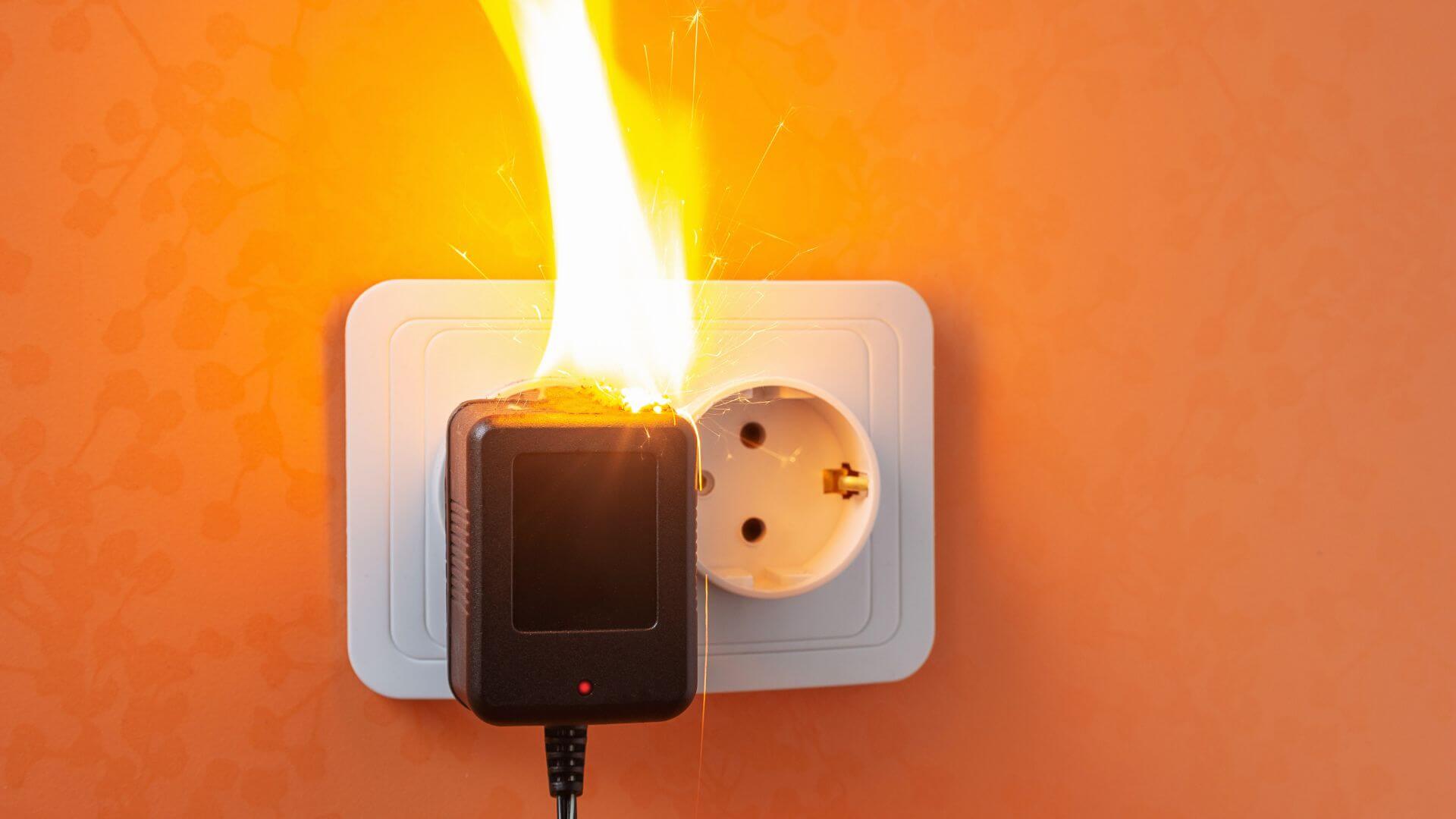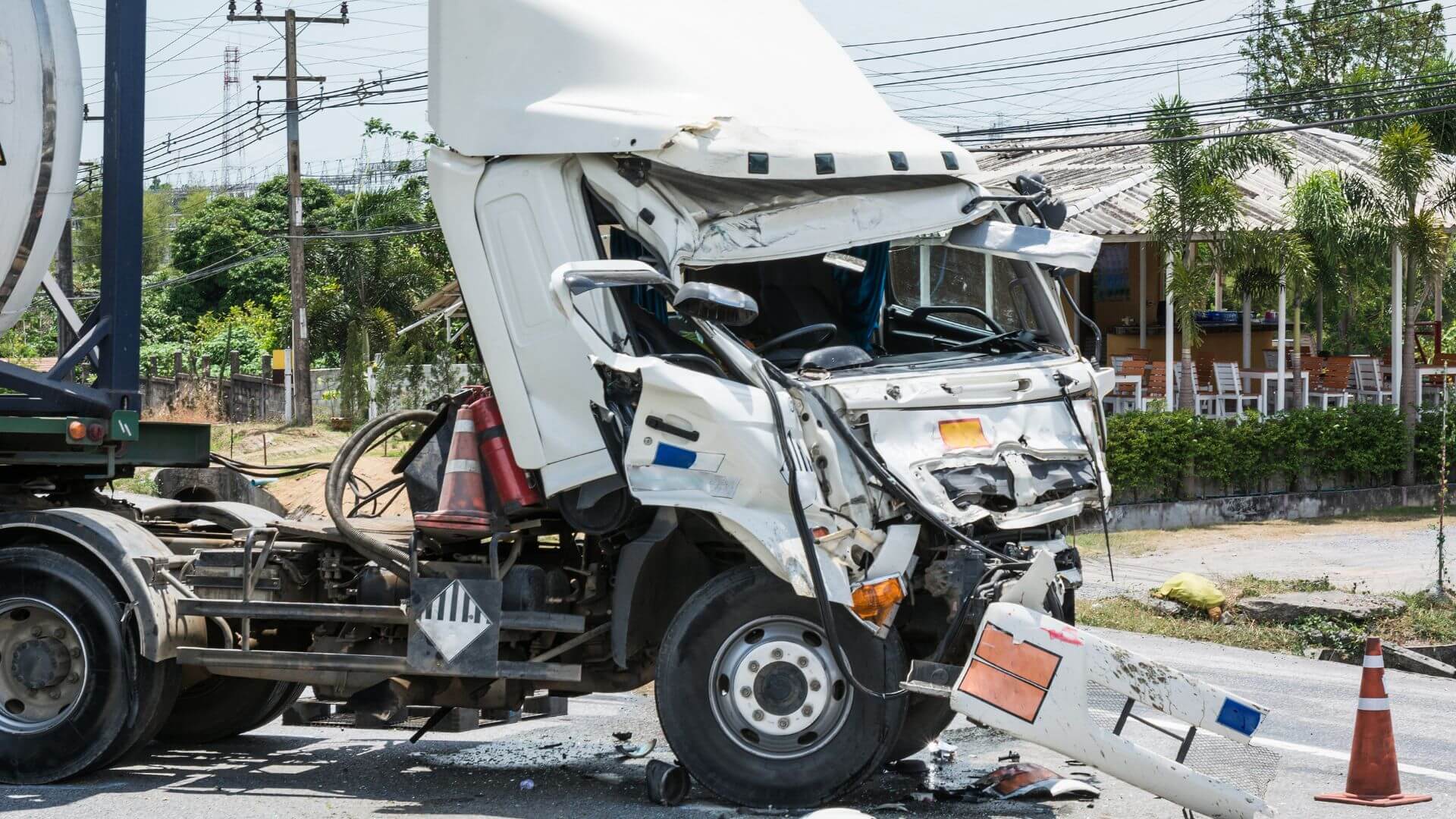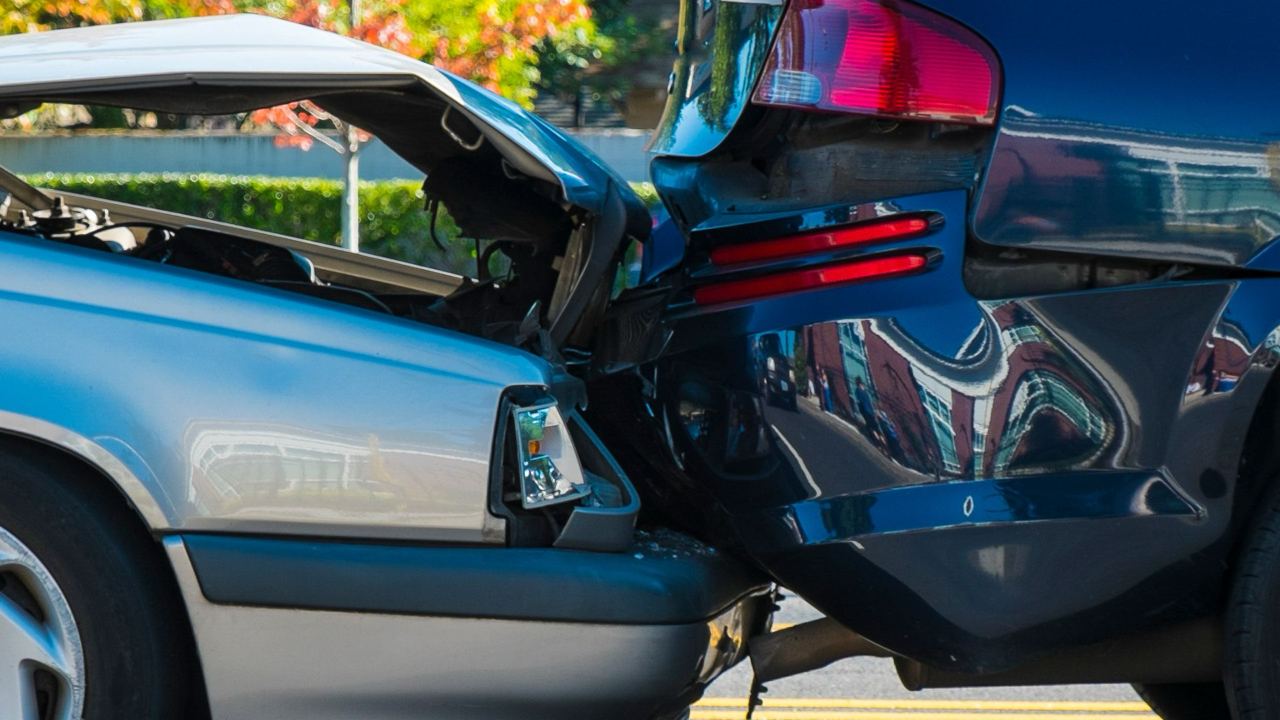Hidden Injuries That Can Arise After a Car Accident — and What to Do Next
Car accidents can be traumatic experiences that leave victims shaken, confused, and focused on the most obvious injuries. While broken bones, cuts, and bruises are immediately apparent, many serious injuries remain hidden beneath the surface, manifesting hours, days, or even weeks after the initial impact. These delayed-onset injuries can be just as dangerous—if not more so—than visible trauma, yet they're often overlooked in the immediate aftermath of an accident.
The human body's response to sudden trauma can mask pain and injury through adrenaline and shock, creating a false sense of being "fine" when significant damage may have occurred. Internal bleeding, traumatic brain injuries, spinal cord damage, and soft tissue injuries frequently go undetected during initial medical evaluations, particularly if victims decline immediate medical attention or only receive cursory examinations.
Common delayed-onset physical injuries
Whiplash and soft tissue damage
Whiplash occurs when the neck experiences sudden, forceful back-and-forth movement resembling the crack of a whip, making it one of the most common hidden injuries following rear-end collisions. This rapid motion damages muscles, ligaments, and other soft tissues in the neck, but symptoms often don't appear immediately due to shock and adrenaline masking the injury.
Key characteristics of whiplash include:
- Delayed symptom onset – Pain and stiffness typically develop within days rather than immediately after the accident
- Progressive pain patterns – Neck pain that worsens with movement, often spreading to shoulders, upper back, and arms
- Range of motion limitations – Decreased ability to turn or tilt the head normally
- Associated symptoms – Headaches originating at the skull's base, along with tingling, numbness, fatigue, and dizziness
- Potential complications – More severe cases may include cognitive symptoms like memory problems, difficulty concentrating, sleep disturbances, and mood changes
- Variable recovery timeline – While most people recover within weeks, some experience chronic pain lasting months or years, particularly if initial symptoms were severe or the individual has risk factors like previous neck injuries or older age
The insidious nature of whiplash makes immediate medical evaluation crucial, even when neck pain isn't initially present, as early intervention can significantly improve outcomes and prevent long-term complications.
Traumatic brain injuries and concussions
Traumatic brain injuries (TBI) from car accidents can range from mild concussions to severe, life-threatening damage, often developing gradually rather than immediately.
Key characteristics of TBI from car accidents include:
- Delayed symptom onset – Headache, dizziness, confusion, and fatigue tend to start immediately after an injury but resolve over time, while emotional symptoms such as frustration and irritability tend to develop during recovery
- Cognitive impairments – Memory problems, difficulty concentrating, confusion, disorientation, and trouble making decisions that may persist for weeks or months
- Physical symptoms – Persistent headaches, blurred or double vision, nausea, vomiting, sensitivity to light and sound, and balance problems
- Behavioral changes – Mood swings, agitation, unusual behavior, anxiety, depression, sleep disturbances, and personality changes
- Concussion complications – Even mild concussions can take minutes to several months to heal, and a second concussion closely following the first can lead to permanent damage or death
- Progressive conditions – Some brain injuries can worsen over time, leading to chronic conditions like post-concussion syndrome or increased risk of dementia later in life
The insidious nature of brain injuries makes immediate medical evaluation crucial, as people who receive immediate medical attention at a certified trauma center tend to have the best health outcomes, even when symptoms aren't immediately apparent.
Internal bleeding and organ trauma
Blunt abdominal trauma from car accidents can cause life-threatening internal injuries that may not be immediately apparent. The abdomen contains vital organs that can suffer damage from the sudden force of impact, leading to internal bleeding that develops gradually without obvious external signs.
Key characteristics of internal bleeding and organ damage include:
- Hidden hemorrhage – Internal bleeding may occur without visible external wounds, making detection difficult without proper medical evaluation
- Organ damage – The liver, spleen, kidneys, and intestines are particularly vulnerable to rupture or contusion from blunt force trauma
- Delayed presentation – Symptoms like abdominal pain, distention, or unstable vital signs may develop hours after the initial impact
- Life-threatening complications – Undetected internal bleeding can lead to shock, organ failure, or death if not promptly treated
Immediate medical assessment is crucial as these injuries require emergency intervention.
Spinal injuries and herniated discs
Car accidents can cause spinal disc injuries when the sudden impact forces the soft, jelly-like center of spinal discs to push through tears in their tough outer layer. These herniated discs may not cause immediate pain due to adrenaline and shock, but symptoms often develop gradually as the body's natural pain-masking mechanisms subside.
Key characteristics of spinal disc injuries include:
- Delayed pain onset – Back and neck pain may not appear until hours or days after the accident
- Radiating symptoms – Sharp or burning pain that travels down arms or legs, often accompanied by numbness and tingling
- Progressive weakness – Muscle weakness that can affect your ability to lift objects or maintain balance
- Location-specific symptoms – Lower back herniations cause leg pain, while neck injuries result in shoulder and arm pain
Psychological injuries
Post-traumatic stress disorder (PTSD)
Car accidents are the leading cause of PTSD in the general population, with symptoms developing in approximately 25-28% of crash victims within six months of the incident. Unlike physical injuries, PTSD symptoms may not appear immediately and can emerge weeks or months after the accident, making it a particularly insidious hidden injury that significantly impacts long-term recovery and quality of life.
Key characteristics of accident-related PTSD include:
- Delayed onset symptoms – PTSD typically develops within 1-4 months following the crash, with some cases emerging even later
- Re-experiencing trauma – Intrusive thoughts, flashbacks, nightmares about the accident, and physical reactions when reminded of the crash
- Avoidance behaviors – Persistent fear of driving, avoiding accident locations, or steering clear of stimuli associated with the trauma
- Hyperarousal symptoms – Increased alertness, difficulty sleeping, angry outbursts, concentration problems, and exaggerated startle responses
- Emotional numbing – Loss of interest in activities, inability to experience positive emotions, and detachment from others
- Functional impairment – Difficulty returning to work, maintaining relationships, and performing daily activities, with unemployment rates significantly higher among PTSD patients
PTSD often co-occurs with depression, chronic pain, and cognitive difficulties, creating a complex recovery challenge that requires professional intervention and long-term monitoring.
What to watch out for after an accident
1. Persistent or Worsening Headaches
Ongoing or intensifying headaches may indicate concussion, traumatic brain injury, or intracranial bleeding requiring immediate medical attention.
2. Dizziness or nausea
Continued dizziness, vertigo, or nausea can signal vestibular damage, inner ear injury, brain trauma, or internal bleeding complications.
3. Numbness or tingling
New numbness, tingling, or weakness in limbs may indicate nerve damage, spinal cord injury, or herniated discs that can worsen without treatment.
4. Abdominal pain or swelling
Delayed abdominal symptoms can signal life-threatening internal bleeding from damaged organs like the liver, spleen, or kidneys.
5. Sleep disturbances or mood swings
Changes in sleep patterns or sudden mood changes including irritability, anxiety, or depression may indicate brain injury or PTSD.
6. Difficulty concentrating or memory problems
Cognitive symptoms like trouble focusing, memory issues, or confusion can indicate brain injury that wasn't immediately apparent.
When to seek help
If you experience any of these symptoms in the days or weeks following your accident, contact your healthcare provider immediately or visit an emergency room. Early intervention can prevent complications and improve outcomes.
Steps to take after a car accident
1. Check for injuries first
Stay at the scene—leaving is illegal, even for minor fender-benders. Your top concern should be everyone's wellbeing. Assess whether you or others need immediate medical care and call emergency services if anyone appears injured.
2. Move to safety when possible
If the crash was minor and you're not hurt, carefully relocate your vehicle away from traffic flow. Turn on your hazard lights and place warning triangles or flares behind your car to alert approaching drivers. For serious accidents or when injuries occur, don't move the vehicles.
3. Notify law enforcement
Call police to report the incident, though many departments now only respond to accidents involving injuries or significant damage due to staffing constraints. Some agencies use online reporting systems instead. When officers do arrive, record their identifying information and request a copy of their report.
4. Exchange essential details
Photograph or write down crucial information from all parties: full names, contact numbers, addresses, and license details. Document each vehicle's specifications—year, make, model, color, plate number, and VIN. Record insurance company names and policy numbers. Get contact information from any witnesses along with their account of events.
5. Create a visual record
Use your smartphone to capture comprehensive documentation. Take photos of the overall scene, all vehicles involved, specific damage areas, road conditions, traffic signs, and any skid marks. Record the time, date, weather, and traffic flow direction. Create a simple sketch of how the accident occurred and use voice memos to preserve your immediate recollection.
6. Stay calm and avoid fault discussions
Resist the urge to debate who caused the accident or admit responsibility. Accident scenes are emotionally charged, and initial impressions often prove inaccurate. If another driver seems intoxicated or becomes hostile, remain in your vehicle until police arrive.
7. Arrange vehicle removal if necessary
Severely damaged cars may require professional towing to a repair facility. Contact your roadside assistance service, auto club, or manufacturer's support program. Always verify the credentials of tow truck operators and be cautious of unauthorized services that may overcharge.
8. Contact your insurance provider
Report the accident to your insurance company promptly, regardless of severity. Attempting private settlements without insurer involvement can expose you to future liability. Your insurance representative will guide you through coverage options and handle negotiations with other parties.
9. Utilize digital tools
Many insurance companies provide mobile applications that streamline the claims process. These platforms can help you file reports, schedule towing, arrange rental vehicles, and access roadside assistance. Keep all accident documentation organized for your claims adjuster.
10. Seek medical evaluation
Schedule a medical appointment even if you feel completely normal after the accident. Many injuries, particularly those affecting the brain and spine, may not manifest symptoms for hours or days. Professional medical documentation is essential for both your health and insurance claims.
Why acting quickly matters
The first 72 hours after a car accident are crucial for protecting your rights and health. Critical evidence like skid marks, witness statements, and camera footage can quickly disappear, while insurance companies immediately start investigating to minimize payouts. Some serious injuries like internal bleeding or brain trauma may not show symptoms initially, making prompt medical care essential. Quick action ensures evidence is preserved, insurance interactions are properly handled, and legal deadlines are met, allowing you to focus on recovery.

How Personal Injury Cases Protect the Community
When most people think of personal injury cases, they picture an individual seeking compensation for medical bills, lost wages, or pain and suffering. read more

What Happens If You're Partially At Fault in an Accident
After an accident, one of the first worries people often have is: “What if I was partly to blame? Does that mean I can’t recover anything?” read more

Think Before You Post: How Social Media Can Hurt Your Accident Claim
Sharing accident updates on social media may feel harmless—but insurance companies and defense attorneys can use your posts against you. Learn why posting after an accident is risky and how to protect your personal injury claim. read more

Why Shiganian Law is the Top Personal Injury Firm in Sherman Oaks and Encino
Shiganian Law delivers expert personal injury representation with a proven track record. Led by Isabel Shiganian, we offer personalized service, direct communication, and results-driven advocacy. No fee unless we win. read more

How Dashcam Footage Can Completely Change Your Car Accident Claim
Discover how dashcam footage can transform car accident claims by providing clear evidence, resolving disputes, preventing fraud, and expediting insurance settlements. read more

Bitten But Blamed? How Insurance Companies Shift Fault in Dog Bite Claims
Discover how insurance companies shift blame in dog bite claims, the legal protections for victims in California, and steps to defend against unfair accusations. read more

What Is Considered a Catastrophic Injury in Personal Injury Law?
Understand catastrophic injuries in personal injury law - definitions, impacts, causes, and why specialized legal help is crucial for securing proper compensation. read more

The Biggest Mistakes People Make After an Accident Causing Personal Injury
Discover the critical mistakes people make after injuries that can damage their compensation claims and learn how to avoid these costly errors. read more

Financial Struggles After Accidents: Recovery & Legal Options
Explore the financial impact of injuries, from medical debt to lost wages. Learn legal options, coping strategies, and support for recovery stability. read more

Emotional Trauma After an Accident: Understanding Your Rights and Recovery
Discover how emotional trauma after accidents affects mental health and daily life. Learn about your legal rights and the recovery journey to healing and compensation. read more

Motorcycle Accidents: Types of Injuries, Settlements, and Your Rights
Learn about motorcycle accident causes, safety tips, and legal rights. Comprehensive guide covering injury types, injury settlements, and steps to take after an accident. read more

Product Liability in California: Protecting Consumer Rights
Learn about California product liability law, including types of defects, liable parties, and compensation available for injuries caused by defective products. read more

What Does a California Truck Accident Lawyer Do?
Learn how an experienced California truck accident lawyer can help maximize your compensation through expert investigation, evidence preservation, and strategic negotiation. read more

What is Premises Liability Law: Responsibility, Examples, and Common Types
Imagine walking through a quiet shopping center, enjoying a peaceful afternoon, when suddenly a wild Canadian goose darts out, knocking you over and fracturing your hip. It may sound far-fetched... read more

What to Do if You’ve Been in a California Car Accident?
If you’ve been in a car accident, you might be overwhelmed with the experience and what to do next. Your priority is your safety and health, and if you have been injured, getting the support you need to recover. read more

How long does it take to settle a pedestrian accident in California
When estimating the duration of a pedestrian accident settlement, it's important to consider all the factors that can influence the process. read more

California Prop 213 and Its Impact on Car Accidents
Proposition 213 was created in 1996, as a way to encourage motorists to get and maintain insurance. read more

How Much to Expect from a Car Accident Settlement in California
Car accidents are unfortunate events that can result in significant physical injuries and extensive medical treatment. read more

What to Do After a Slip-and-Fall Accident
This guide, while not a substitute for legal or medical advice, can help you figure out what to do in the short- and long-term after you’ve had an accident. read more